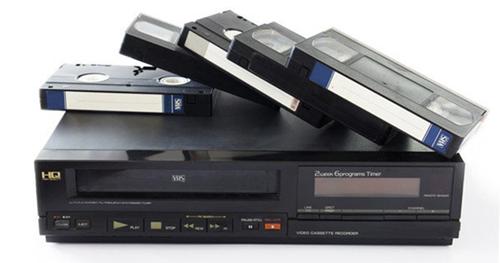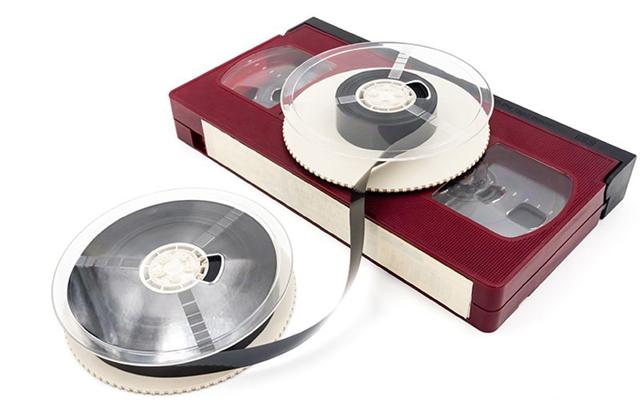You are here
End of an era: VCR headed for outdated tech heaven
By AFP - Jul 23,2016 - Last updated at Jul 23,2016

Photo courtesy of movieweb.com
TOKYO — The clunky videocassette recorder is going the way of floppy disks, eight-track tapes and camera film as the world’s last manufacturer ends production of the once booming home-video technology.
Japan’s Funai Electric cited a sharp decline in sales and trouble sourcing parts for its decision to stop making VCRs at a plant in China by the end of this month.
Most of the consumer electronics firm’s VCRs were sold in North America in recent years, including under the Sanyo brand.
Sales have plummeted from 15 million units a year at their height to 750,000 in 2015 — although some may be surprised VCRs were still being made at all.
Demand appears largely driven by consumers who have large videotape collections that must still be played on VCRs. A Gallup poll several years ago found that 58 per cent of Americans still had one in their home.
The boxy machines — originally about the size of a briefcase with a top-loading slot for videotapes — entered into mainstream popularity in 70s and 80s, and spawned a new industry: tape rental stores.
But the outdated technology has long been eclipsed by DVDs and other more advanced options, while once ubiquitous rental shops have all but disappeared.
Panasonic pulled out of the business several years ago, making Funai the last VCR maker in the world, a company spokesman said Friday.
“A company that was making parts for us said it was too tough to keep making them with sales at this level so they stopped, which led to our decision — we can’t make them without that part,” he told AFP.
Funai has been overwhelmed with calls from desperate Japanese VCR tape owners who had not transferred treasured recordings of weddings and other special occasions on to other formats, he added.
‘Hi-tech’ Japan
Japan may have a reputation for hi-tech devices and futuristic robots, but many people still cling to seemingly outdated options including fax machines and flip phones.
Cassette tapes are also still popular while major DVD rental chains can be found in Japanese cities.
Last year, electronics giant Sony announced it would stop selling Betamax video tapes, ending the storied history of a product that had been ousted years earlier by the more popular VHS tape format.
The inventor of the Walkman first launched its Betamax products in 1975 as a household, magnetic video format for consumers to record analogue television shows. The popularity of Betamax tapes peaked in 1984 when some 50 million cassettes were shipped.
However, the format, initially supported by Toshiba and other electronics makers, is most remembered as the loser of a corporate battle over setting the de facto household video standard.
VHS, developed by another Japanese electronics maker that later became part of JVC, won the battle.
But it lost the war as video cassette recorders were replaced later by digital formats, such as DVDs, which have themselves largely been replaced by online streaming technology.
Sony stopped making Betamax recorders in 2002, but it kept making tapes for diehard fans.
Related Articles
KUALA LAMPUR — Long relegated to an obscure corner of the collectibles market, VHS tapes have been fetching eye-popping prices at auctions i
The humble cassette — that tiny little plastic rectangle containing the homemade mixtapes of yesteryear — is back, joining vinyl as a darlin
By Imran MarashliAgence France-PresseMANCHESTER, United Kingdom — Tucked away in a corner of the top floor of an indoor market in Manchester















